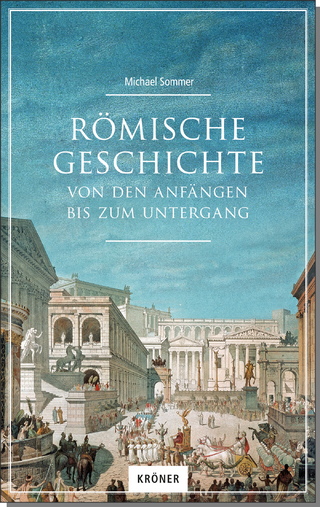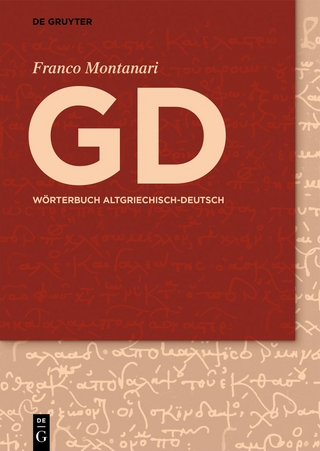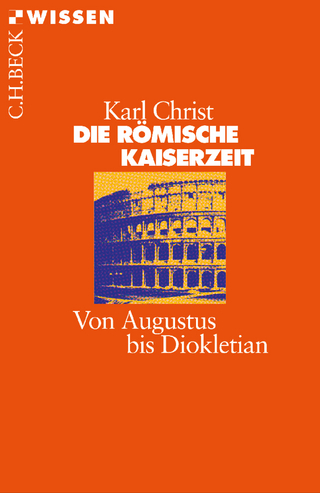
'To See a World in a Grain of Sand'
Archaeopress (Verlag)
978-1-80327-449-2 (ISBN)
‘To See a World in a Grain of Sand’ uses modern scientific methods to examine glass beads and vessel fragments dating from the Meroitic (c. 350 BC-AD 350) and Early Nobadia (c. AD 350-600) periods to provide a new assessment of glass from Nubia (ancient Sudan), a subject hitherto little-studied. The resulting identification of their chemical makeup is not simply about artefact reclassification but permits the tracking of similar compositions and—by extension—the raw materials for glass production that were used throughout Nubia, Egypt, and the Mediterranean. The results reveal interrelationships between trade, technological understanding, and manufacturing choices made across these cultures. Comparing glasses from Nubia with those from Egyptian and Mediterranean contexts has also shown how the same primary production centres were providing glass to sites in Turkey, Albania, Egypt, and Nubia. The identification of different glass groups and rare types of glass within Nubia shows the extent and variation to be found in a material that is present not only at a single site but also across the whole region, while the data presented reveals the diverse and complex nature of glass objects discovered there. That multiple interactions were being employed in glass manufacture shows how the examination of artefacts and their component materials must include consideration of both international trade and ‘home-based’ practices.
Juliet Spedding is a former student of the University of Liverpool having achieved her BA in Egyptian Archaeology, MA in Egyptology, and PhD in Egyptology there. Her research interest in Nubia’s history and culture began with her undergraduate dissertation, continuing with masters research through an analytical examination of faience found in Nubia. For her PhD she examined another vitreous material found in Nubia, glass dating to the Meroitic Period, in order to begin to place Nubia into the wider context of glassmaking, glass working, and glass trade of the ancient world. She is currently a postdoctoral research associate at the University of Liverpool on the BEAST (Biodiversity in Egyptian Archaeology during Societal Transitions) project.
Chemical Oxides (Symbols and Meaning) ;
Timeline of Ancient Egypt and Nubia ;
Acknowledgements ;
Chapter 1: Nubian History, Glass, and Mediterranean Trade ;
Aim and Scope ;
The Nubian Historical Context ;
Ancient Glassmaking ;
The Movement of Goods in Roman Egypt ;
Chapter 2: Chemical Analysis and Archaeological Context ;
Scientific Methodology and Practice ;
The Datasets ;
Concluding Remarks ;
Chapter 3: Results of Chemical Analyses ;
Results: Faras ;
Results: Gabati ;
Results: Meroe ;
Results: Qasr Ibrim ;
Lead Oxide (PbO) and Colourants (Iron (II) Oxide (Fe2O3), Copper Oxide (CuO)) ;
Concluding Remarks ;
Chapter 4: Nubia and the Mediterranean: International Connections through Glass ;
Chemical Components of Glass ;
Low-Lead Glasses ;
Identification of Glass Groups for Nubian Low-Lead Glass Samples 63 ;
Comparisons with Published Analyses of Glasses from the Mediterranean and Near East ;
Comparisons that Showed Strong Similarities ;
Comparison of Pergamon, Bubastis, and Butrint Glasses 69 ;
Comparisons that Showed Strong Similarity to a Single Nubian Site ;
Comparisons that Showed a Degree of Similarity ;
Comparison that Showed a Degree of Similarity to a Single Nubian Site ;
Glass Comparison Results in Context: Primary Production Centres, Material Culture, and the Movement of Goods and Ideas ;
Concluding Remarks ;
Chapter 5: High Lead Glasses and Other Vitreous Materials ;
High-Lead Glasses in Nubia ;
Comparison of Nubian High-Lead Glasses ;
High-Silica Vitreous Material ;
Gabati: Local Industry and Imitation? ;
Concluding Remarks ;
Chapter 6: Conclusions ;
Primary Production Centre(s) (PPCs) ;
Glass Trade: Nubia and the Mediterranean ;
Local Glass Production and Imitation ;
Final Remarks ;
Appendices ;
Appendix I: Egyptian Glass Results ;
Appendix II: Nubian Low-Lead Glass Comparisons to Published Material: Scatterplots ;
Appendix III: Published Material Comparison to Pergamon, Bubastis, and Butrint: Scatterplots ;
Bibliography
| Erscheinungsdatum | 11.05.2023 |
|---|---|
| Zusatzinfo | Illustrations, unspecified |
| Verlagsort | Oxford |
| Sprache | englisch |
| Maße | 173 x 244 mm |
| Gewicht | 594 g |
| Themenwelt | Geisteswissenschaften ► Archäologie |
| Geschichte ► Allgemeine Geschichte ► Altertum / Antike | |
| ISBN-10 | 1-80327-449-2 / 1803274492 |
| ISBN-13 | 978-1-80327-449-2 / 9781803274492 |
| Zustand | Neuware |
| Haben Sie eine Frage zum Produkt? |
aus dem Bereich


